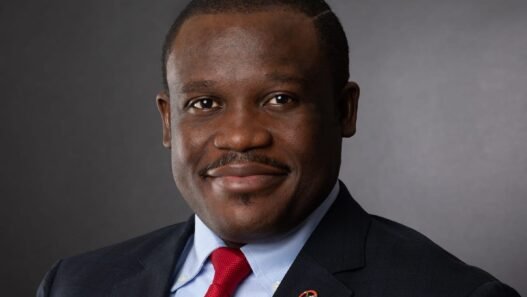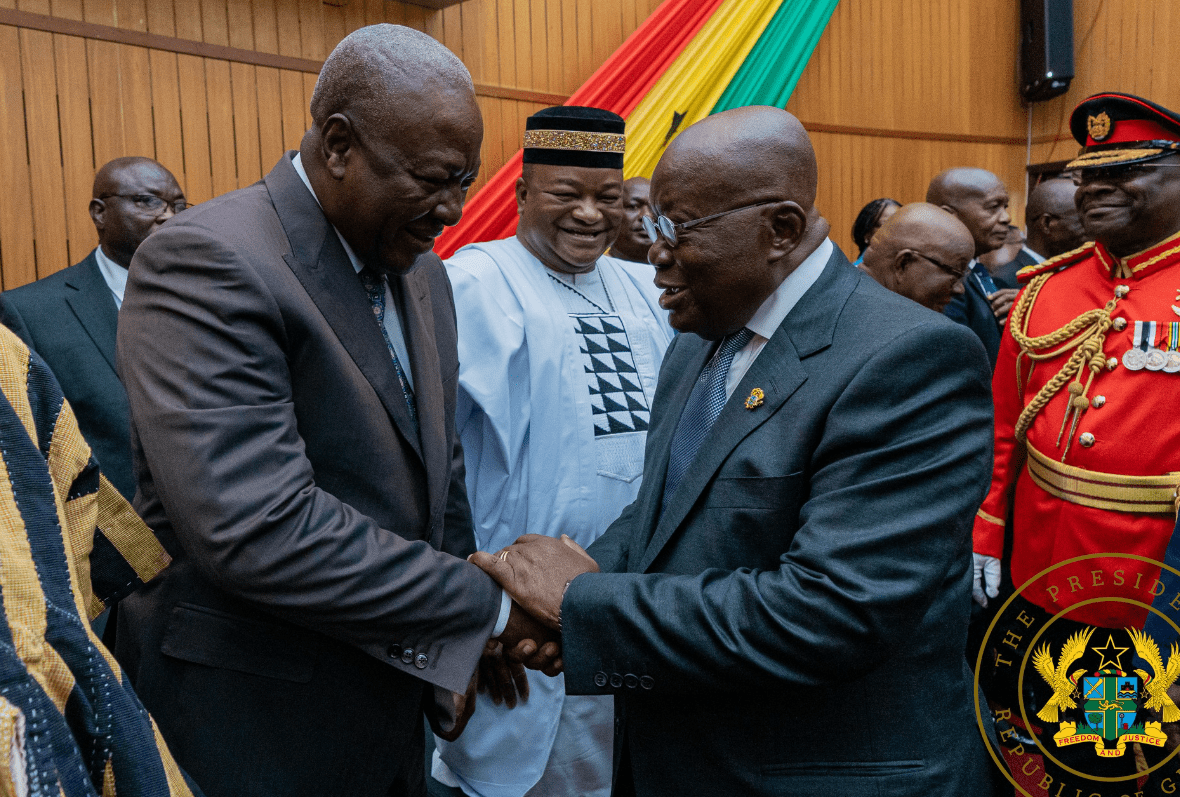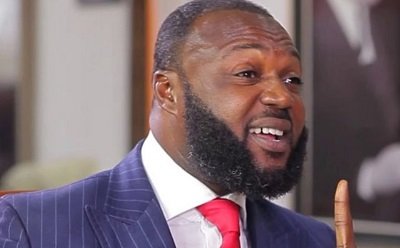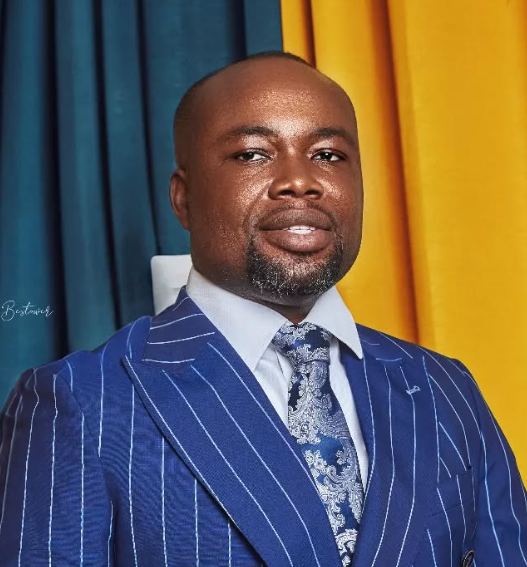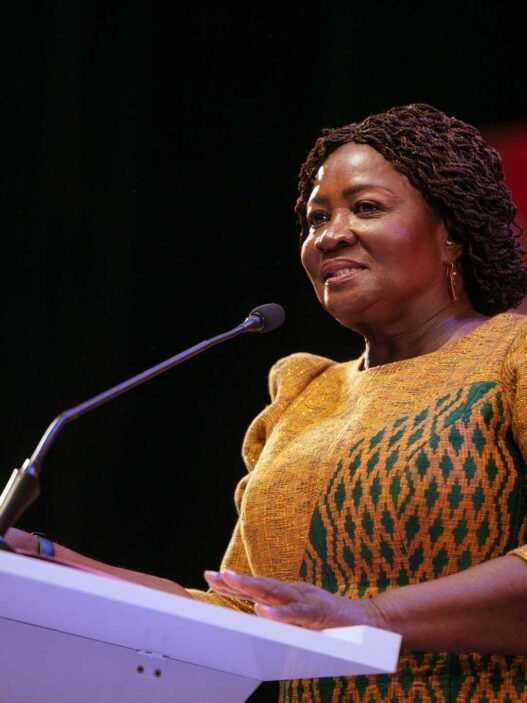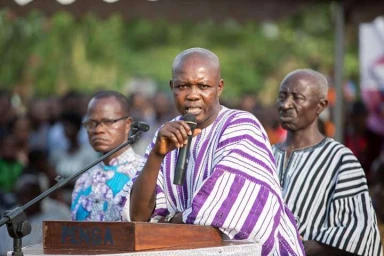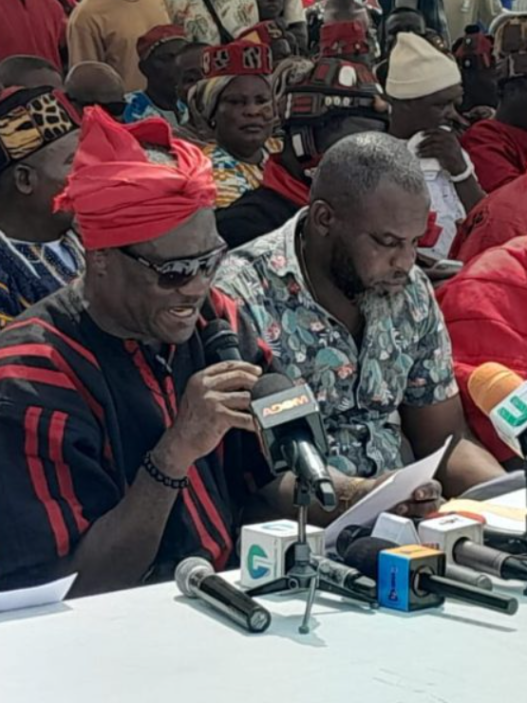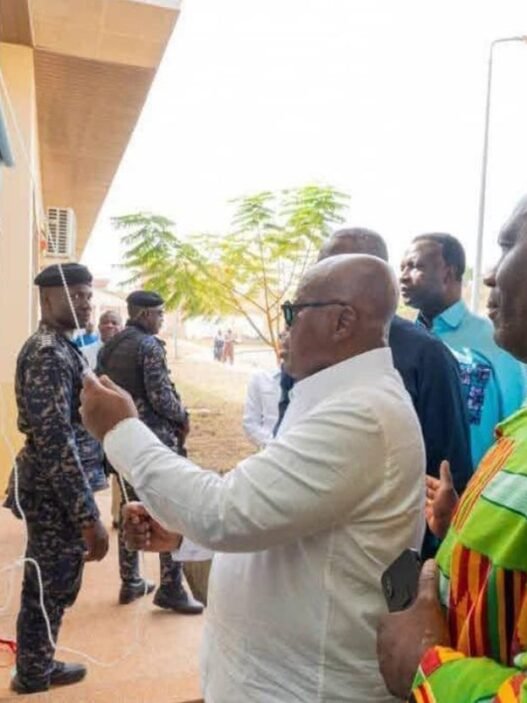As former President John Dramani Mahama prepares to embark on his second term in January 2025, Ghanaians are reflecting on his first term (2012–2016) and how it compares to Nana Akufo-Addo’s two terms (2017–2025). This comprehensive analysis delves into key governance areas such as economic performance, infrastructure, social policies, and crisis management, supported by data and historical context, to determine who performed better and shaped Ghana’s trajectory more effectively.
Economic Performance: Navigating Challenges
John Mahama’s First Term (2012–2016)
Mahama faced economic challenges driven by external shocks, such as declining global commodity prices, which significantly impacted Ghana’s exports of oil, gold, and cocoa.
- GDP Growth: The economy grew steadily at 9.3% in 2012 but declined to 3.6% by 2016 due to fiscal pressures.
- Debt Levels: Public debt increased from 48% of GDP in 2012 to 57% in 2016, driven by infrastructure spending and reduced revenue inflows.
- IMF Program: Mahama’s government entered an IMF Extended Credit Facility in 2015, stabilizing the cedi and curbing inflation.
- Inflation: Averaged 15.4%, with spikes attributed to rising fuel and food costs.
- Currency Stability: The Ghanaian cedi depreciated by over 30%, primarily due to external shocks and budgetary imbalances.
- Unemployment: Youth unemployment hovered around 12%, with targeted interventions such as the Ghana Infrastructure Investment Fund to create jobs.
Nana Akufo-Addo’s Two Terms (2017–2025)
Akufo-Addo inherited a relatively stabilized economy but faced difficulties sustaining growth and managing debt.
- GDP Growth: The economy surged to 8.1% in 2017, benefiting from oil production but dipped to 0.4% in 2020 due to COVID-19 and struggled to recover, growing at 3.6% in 2023.
- Debt Crisis: Debt-to-GDP ratio soared from 56% in 2016 to over 100% by 2024, with Ghana returning to the IMF in 2022 for a $3 billion bailout.
- Inflation: Averaged 20.4%, peaking at 54% in 2023, significantly reducing household purchasing power.
- Currency Woes: The cedi experienced sharp depreciation, becoming one of the world’s worst-performing currencies in 2022.
- Employment: Youth unemployment remained high at 12.1%, despite flagship initiatives like NABCO and 1D1F.
Verdict: While both administrations faced significant challenges, Mahama’s economic policies ensured better fiscal discipline, whereas Akufo-Addo’s tenure was marked by ballooning debt, worsening inflation, and currency instability.
Here’s the table comparing John Mahama’s first term (2012–2016) with Nana Akufo-Addo’s two terms (2017–2025):
| Metric | John Mahama (2012-2016) | Nana Akufo-Addo (2017-2025) |
|---|---|---|
| GDP Growth (Average) | 4.4% | 3.7% |
| Debt-to-GDP Ratio Start | 48% | 56% |
| Debt-to-GDP Ratio End | 57% | >100% |
| Inflation Rate (Average) | 15.4% | 20.4% |
| Currency Depreciation (Cedi to USD) | 30% | 50% (2022 alone) |
| Youth Unemployment Rate (%) | 12% | 12.1% |
| Major Infrastructure Projects Completed | High (e.g., Kwame Nkrumah Interchange, Bui Dam) | Moderate (e.g., Sinohydro projects) |
| IMF Bailout Required | Yes (2015) | Yes (2022, $3 billion) |
Infrastructure Development: Laying the Foundation
John Mahama (2012–2016)
Mahama’s administration prioritized infrastructure, earning him the nickname “Mr. Infrastructure.”
- Energy: Resolved the “dumsor” crisis by increasing energy generation capacity through the Bui Dam, Karpowership, and thermal plants.
- Roads: Delivered major projects like the Kwame Nkrumah Interchange and improved regional road networks.
- Health: Constructed regional hospitals and CHPS compounds, and inaugurated the University of Health and Allied Sciences.
- Education: Introduced E-blocks to expand access to education in underserved areas, though many remained incomplete.
Nana Akufo-Addo (2017–2025)
While Akufo-Addo announced ambitious infrastructure plans, delivery was inconsistent.
- Energy: Expanded rural electrification but failed to maintain Mahama’s energy gains, with occasional power shortages resurfacing.
- Roads: Declared multiple “Year of Roads” campaigns but delivered fewer completed projects than promised, including delays in Sinohydro initiatives.
- Health: Initiated Agenda 111 to construct 111 hospitals, but fewer than 20 were completed by 2024.
- Education: Expanded access through Free SHS, but inadequate infrastructure led to overcrowding and reduced quality.
Verdict: Mahama’s administration completed transformative projects, while Akufo-Addo struggled to deliver on promises, particularly in healthcare and road infrastructure.
Social Policies: Building Human Capital
John Mahama
- Healthcare: Strengthened NHIS enrollment and invested in health infrastructure.
- Education: Increased rural school enrollment through E-blocks and subsidized teacher training.
- Poverty Alleviation: Expanded LEAP, providing direct cash transfers to vulnerable households.
Nana Akufo-Addo
- Free SHS: A landmark policy, expanding access to secondary education but facing challenges such as overcrowding and resource constraints.
- Youth Employment: Launched NABCO, providing temporary jobs for graduates but failing to secure sustainable employment.
- Healthcare: Chronic underfunding of NHIS limited access to quality care.
Verdict: Mahama’s balanced approach to education, healthcare, and poverty alleviation made more lasting impacts compared to Akufo-Addo’s headline programs, which often lacked sustainability.
Corruption and Governance
John Mahama
- Faced allegations of corruption in GYEEDA, SADA, and Bus Branding, though prosecutions followed.
- Established the Office of the Special Prosecutor, laying the groundwork for anti-corruption efforts.
Nana Akufo-Addo
- Scandals: Struggled with high-profile allegations, including the Agyapa Royalties deal, PDS Scandal, and COVID-19 procurement fraud.
- Special Prosecutor: Martin Amidu resigned, citing interference, undermining public trust in anti-corruption efforts.
Verdict: Akufo-Addo’s tenure was marred by unresolved scandals and perceived impunity, whereas Mahama showed some willingness to address corruption.
Leadership Style and Crisis Management
John Mahama
- Navigated the dumsor crisis, restoring stable power supply.
- Implemented fiscal stabilization measures through the IMF to rebuild economic confidence.
Nana Akufo-Addo
- Managed COVID-19 relief programs, though procurement controversies undermined efforts.
- Struggled with fiscal discipline, leading to record debt and economic instability.
Verdict: Mahama demonstrated stronger crisis management, particularly in economic stabilization, while Akufo-Addo failed to maintain fiscal discipline during global crises.
Conclusion
First Term Comparison (2012–2016 vs. 2017–2021)
- Winner: John Mahama. His focus on infrastructure, energy stabilization, and fiscal responsibility overshadowed Akufo-Addo’s initial tenure.
Overall Governance (2012–2025)
- Winner: John Mahama. Across eight years, Mahama’s infrastructure achievements, balanced economic policies, and crisis management stand out compared to Akufo-Addo’s debt-driven and scandal-plagued administration.








